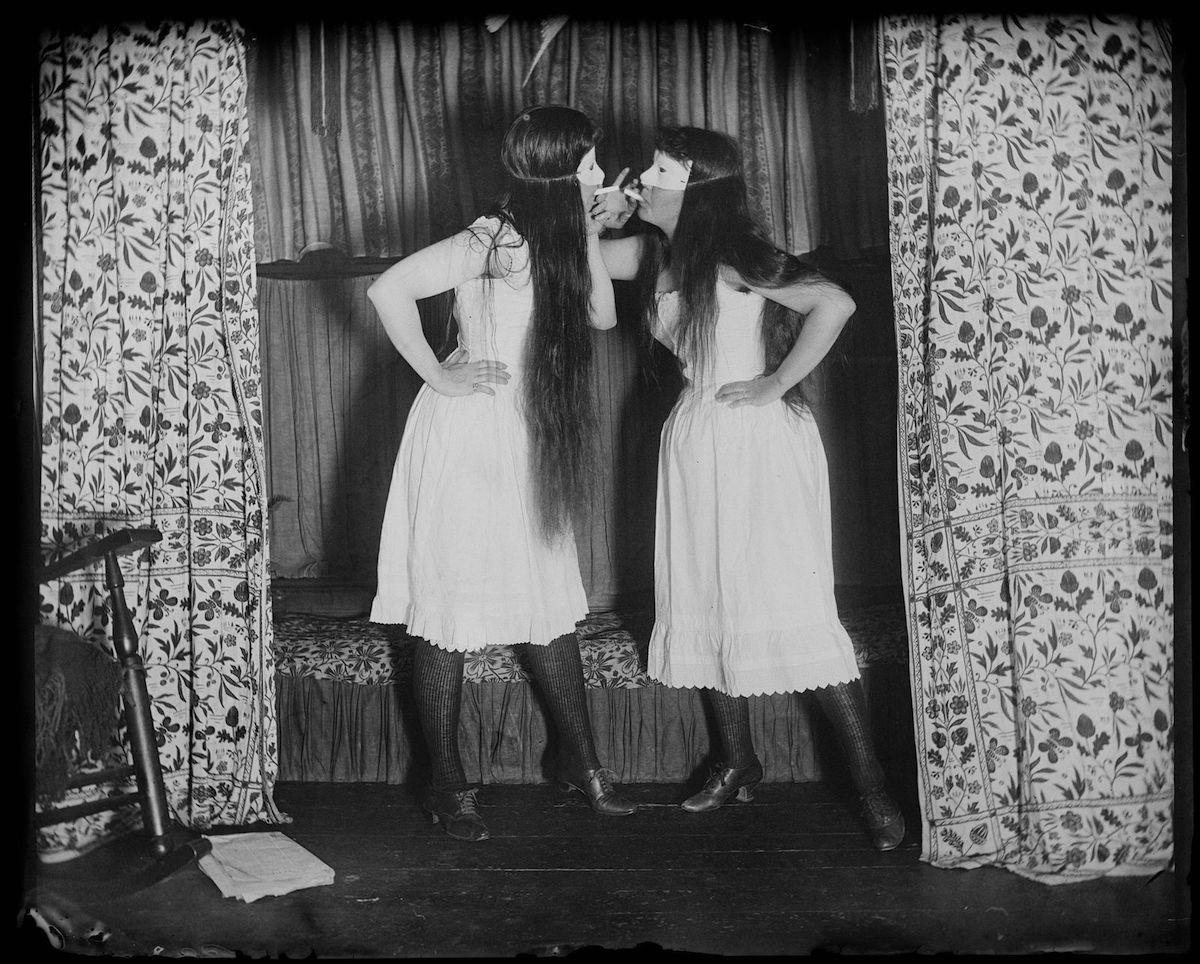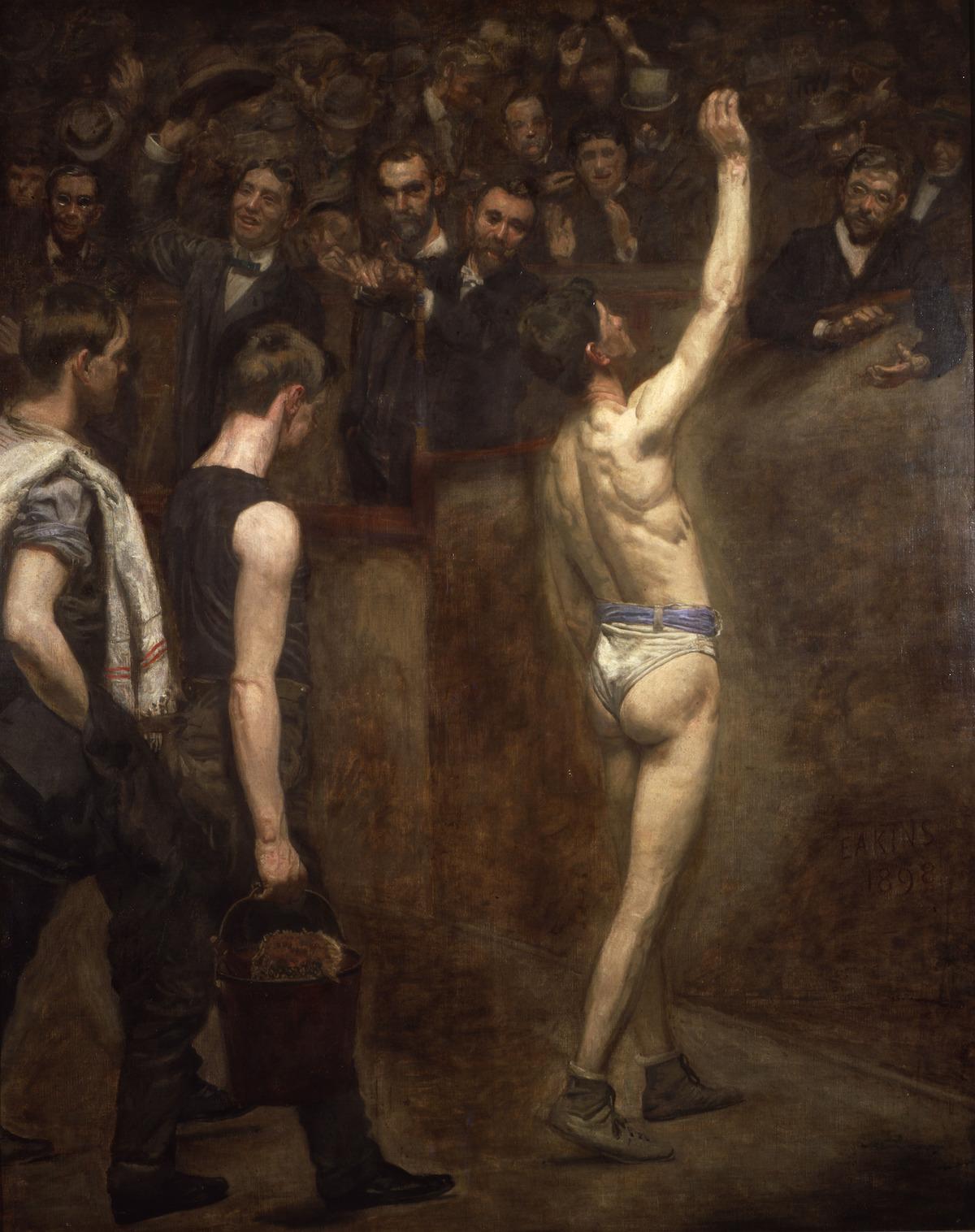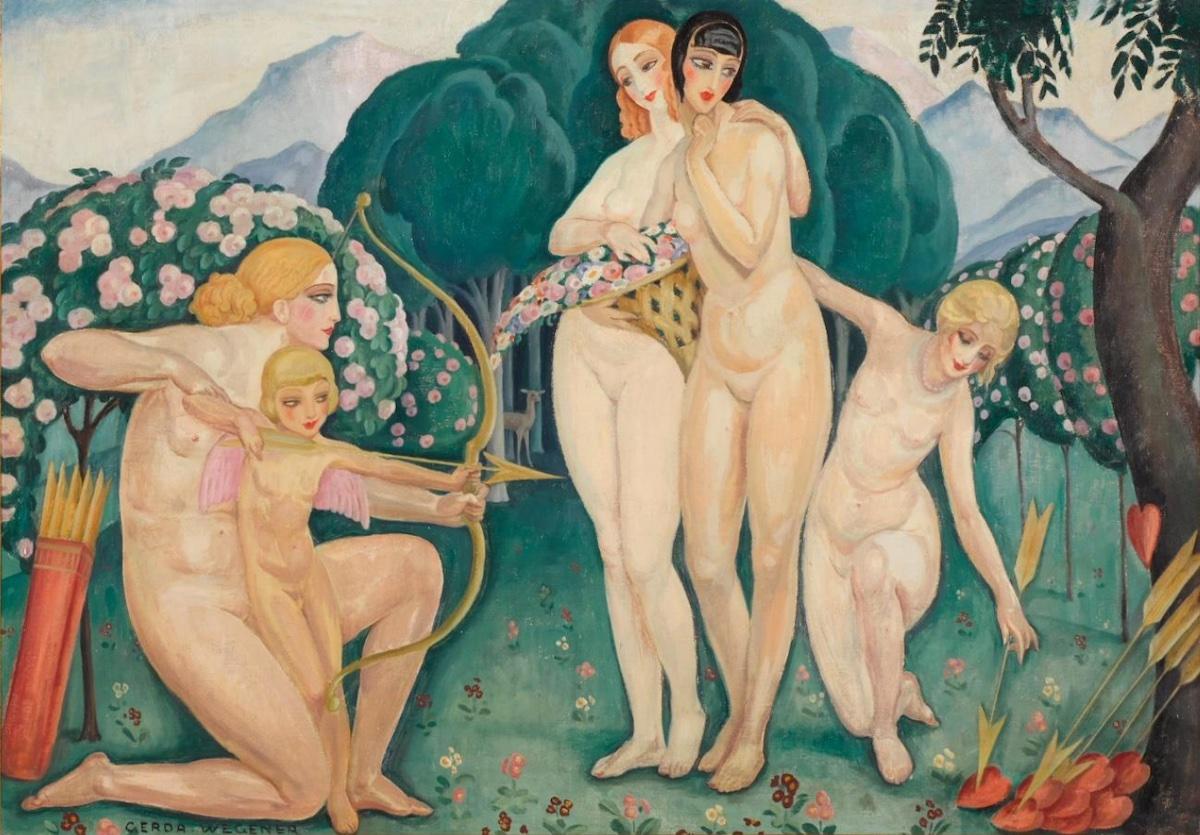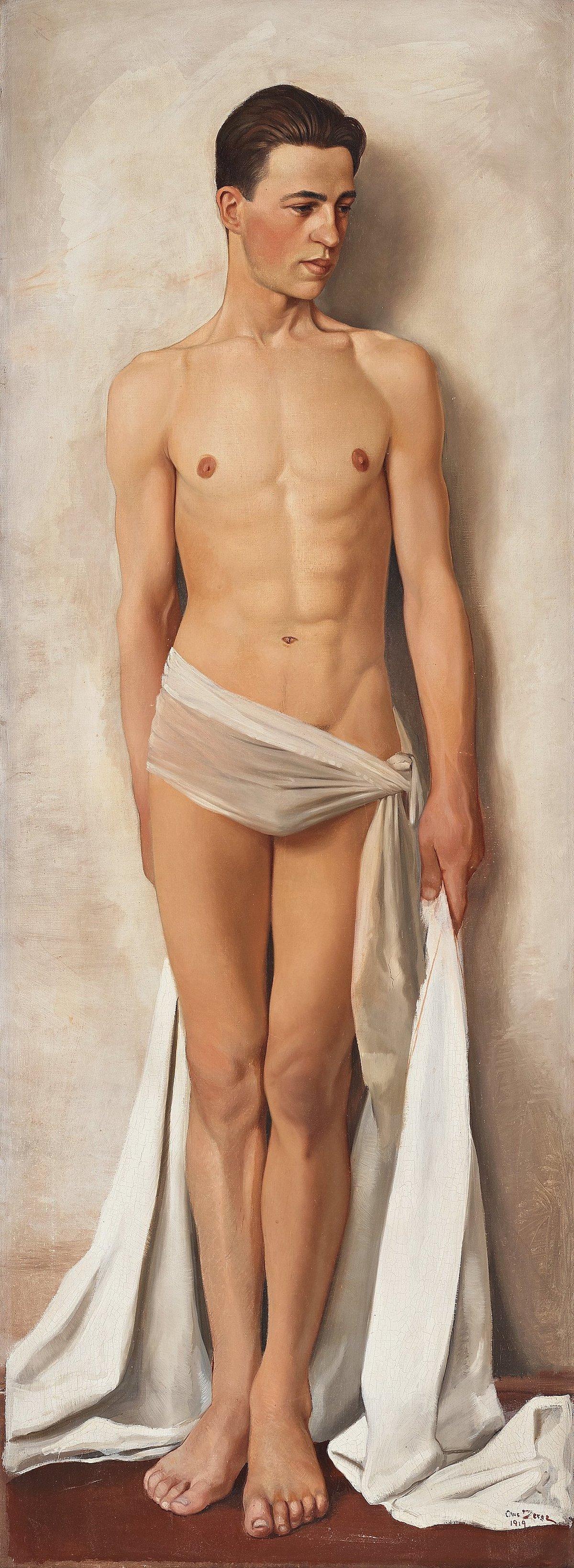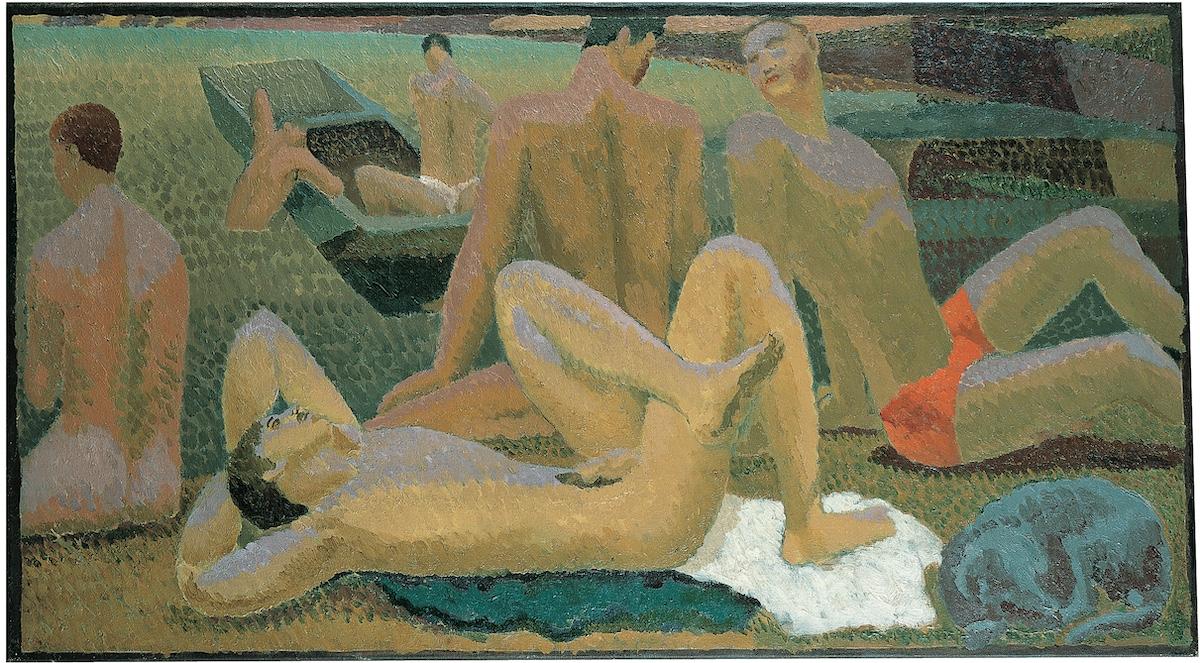The word “homosexual” was first coined in Europe in 1869 inaugurating the idea of same-sex desire as the basis for a new identity category making that year a logical marker providing a historical focus for the exhibition. Defining the point when Homo vs Hetero became segregated was challenging. Professor Katz explained, “All history is long-term. Mapping change is slow and filled with nuances…Taking a global view, introducing indigenous beliefs, cultural differences, and the impact of colonialism, complicates the issue.”
Acting as both an enthusiastic guide, and informed scholar, Professor Katz elaborated, “The exhibition had originally been conceived as one blockbuster show, but Covid caused us to rethink our options. As institutions closed globally, we lost certain loan commitments, so we decided to take what we could get for the first part…” The history of homosexuality is filled with the bodies of those activists who came before Prof. Katz, in both the political and cultural spheres.




